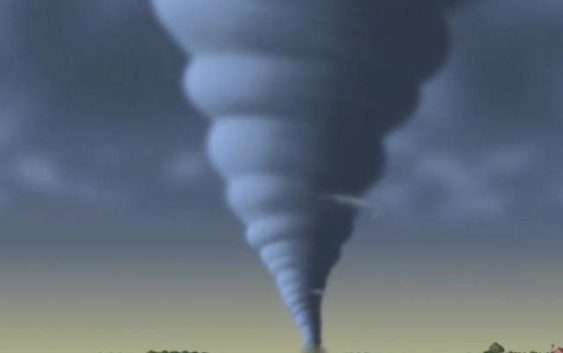- Carolina Beach is warning of potential King Tide flooding
- NCDEQ launches Hurricane Helene recovery grants program
- Why no hurricanes made landfall in the US in 2025
- Florence to begin interviewing police chief finalists in January
- A West Texas county wants to better prepare for floods. Paying for it will be tricky.
How climate change plays a role in tornadoes

Tornado survivors in Nash County are surveying the damage after their homes were ripped to shreds by the strongest tornado to hit central North Carolina in 12 years.
“We’re just blessed no one was injured,” Brian Varnell said after three of his family’s homes were destroyed during Wednesday’s EF-3 tornado. “These are all material things that can be replaced,” he said.
While the frequency and intensity of tornadoes have remained fairly steady in recent decades, scientists say there are changes to where and when the destructive storms occur.
“We’re experiencing fewer tornadoes in the Great Plains that a lot of people consider to be ‘Tornado Alley’, and more tornadoes farther east,” said Todd Moore, a geosciences professor at Fort Hayes State University who studies changes in tornado behavior.
“Now, it’s the prime area for tornadoes, because that’s where what we call the tornado ‘ingredients’ come together,” Moore said.
The key atmospheric ingredients that lead to tornadoes are instability – warm moist air near the ground, with cooler dry air above – as well as a change in wind speed or direction over a short distance, known as wind shear.
“In terms of the instability and the moisture, the scientific community is pretty confident that those are going to go up in a way that would be more favorable for [supercell] thunderstorms,” Moore said.
Those changes could translate to the migration of more tornadoes to North Carolina from the west, with warming temperatures creating more fuel for storms.